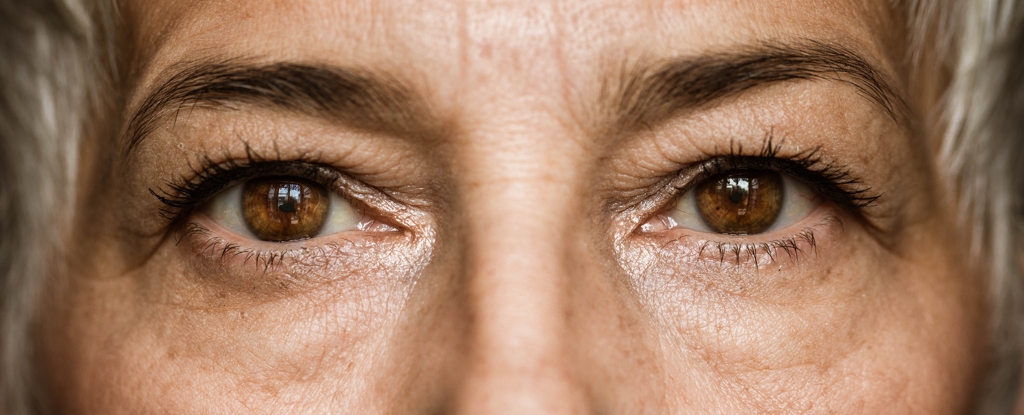

Dementia is a brain disease that affects approximately 55 million people worldwide, leading to the loss of cognitive functions. While early signs of dementia may be subtle, researchers have identified other noticeable changes to the body that can indicate dementia risk. A recent study suggests that hearing difficulties may be a warning sign of dementia that emerges years before other symptoms of the disease. Now, Australian researchers have found that measuring grip strength and mobility may be two cost-effective methods of gauging dementia risk in older women.
As part of the Perth Longitudinal Study of Aging in Women, approximately 1,200 women in their 70s were tested for grip strength using a hand-held dynamometer and for mobility using a timed-up-and-go test. These tests were repeated five years later, and the women’s health was tracked using linked health records for the next 14.5 years. While the study could not prove causation, the researchers found a linear relationship between physical strength and mobility and the dementia events that occurred over a decade later.
Women who fell into the lowest quartile for grip strength or mobility were more than twice as likely than women in the upper quartile to be hospitalized with or die from dementia later in life. The women with the steepest decline in grip strength and up-and-go measures over five years were at the highest risk of dementia. Incorporating muscle function tests as part of dementia screening could be useful to identify high-risk individuals, who might then benefit from primary prevention programs aimed at preventing the onset of the condition such as a healthy diet and a physically active lifestyle.
Additionally, people with one copy of the APOE4 gene are at 2-3 times greater risk of Alzheimer’s disease, a type of dementia. That risk increases to 10-15 times for people with two copies of the gene. In the study, around 23 percent of women had at least one copy of the APOE4 gene, making them at greater risk of dementia if they also displayed muscle weakness or slowness.
By 2050, it is expected that 152 million people globally will be living with dementia, at an estimated cost of US$1 trillion. Using cost-effective methods such as measuring grip strength and mobility could help identify individuals at high risk of dementia and prevent the onset of the condition through targeted prevention programs. While grip strength and mobility tests are not commonly performed in clinical practice, they are inexpensive and simple screening tools that could be incorporated into routine dementia screenings.
In the realm of software development, the ability to swiftly and accurately address bugs is…
The realm of quantum computing and communication is not just an abstract dream anymore; it…
In a remarkable leap for the field of material science, a collaborative research initiative has…
Throughout Earth's vast history, our planet has endured five major mass extinction events that reshaped…
Rainfall is a vital element of our planet’s hydrological cycle, yet many aspects of its…
On a night when the universe aligns, a mesmerizing phenomenon awaits: the appearance of the…
This website uses cookies.